T: +302168086060
Address :
Vosporou, 1, Marousi, Athens,
15124, Greece
10 Top-Rated Attractions in Corfu
Overlooking the turquoise Ionian Sea, Corfu Town is the capital of the island of Corfu (Kérkyra). In a beautiful location, dominated by two sturdy fortresses, its lovely pedestrian-only old town is packed with elegant Italianate architecture (think wrought-iron balconies and terracotta rooftops), thanks to the period spent under Venetian-rule (1401 to 1797).
Continue reading to discover the 10 Top-Rated Attractions in Corfu!
1. Old Fortress (Citadel)
Very impressive when viewed from the sea, the Old Fortress is a Venetian fortress of the 15th-16th centuries which lies on a peninsula, immediately east of the old town. The magnificent castle is accessed off the Esplanade via a bridge that spans a moat, the famous contrafossa, measuring 15 meters deep and up to 40 meters wide. Inside the fortress is a small church, in the style of a Doric temple, built by the British in the 19th century.
2. The Esplanade
The Esplanade or Spianada in old Corfu town is the large park area running between the town and the old fortress. Its final construction dates back to the temporary French occupation of the Ionian islands and Corfu during the Napoleonic Wars. Today the Esplanade is a beautiful open public park full of trees, wide paths, benches, a band stand, fountains, monuments and a cricket field.
3. New Fortress
Very close to the old harbour there is the New Castle. The construction of the castle began in 1577 under the Venetians and it was completed together with the town wall in 1588. The New Castle was considered to be an architectural miracle those times. In 1716 it hindered the Turks to conquer Corfu and so it guarded the freedom of the Western world. Ιs really worth to wander through the empty stone halls and passages and, best of all, climb to the top for amazing views over the terracotta rooftops of the old town and out to sea.
4. Church of St. Spyridon (Áyios Spyrídon)
The patron saint of Corfu. According to legends, he has saved the island four times from the Ottoman invasion, one of the reasons that this church is the most important religious monument of Corfu. The church was built in 1589. The architecture of the church is typical of the Venetian architecture that dominates all over the Old Town of Corfu.
5. Mon Repos
Located in an awesome park and approached along a winding tree-lined avenue is the Neoclassical palace of Mon Repos, birthplace in 1921 of HRH Prince Philip, the Duke of Edinburgh. Built in 1831 for the British High Commissioner, it was later used as the summer home of the Greek royal family. Today besides being a tourist attraction, it is used to host conferences.
6. The Church of Saints Jason and Sosipater
Close to Mon Repos, the tiny Church of Saints Jason and Sosipater is dedicated to two of St. Paul's disciples who brought Christianity to the island in AD 70. It is a typical example of 11th-century Byzantine architecture, based on a cross-in-square plan, and made of large blocks of stone, probably taken from nearby ancient buildings. According to written sources, the church was the katholikon of a monastery already in the 15th century. Katherine, wife of Thomas Palaiologos (brother of the last Byzantine emperor, Constantine XI), sought refuge here when Constantinople fell to the Ottomans in 1453. Throughout the Postbyzantine period, the monastery was linked with noted scholars ans artists, owned a considerable estate, and even today preserves some important icons and treasures.
7. Pontikonisi (Mouse Island)
South of the center, off the southern tip of Kanóni, two small islets rise from the sea. On the nearer one, reached via a causeway, is the small 17th-century Monastery of Vlakhérna, and beyond this is Mouse Island (Pontikonísi), crowned by a whitewashed Byzantine chapel and a cluster of cypress trees. A peaceful escape from the crowds, Pontikonísi is often featured on picture postcards. To get there, catch a boat from Kanóni harbor.
8. The Achilleion
The Achilleio Palace is located 10 kilometers from Corfu Town. It was built in 1890 as a summer palace for the Empress Elisabeth of Austria, a tragic figure who was plagued by misfortune (her husband was unfaithful, and her son committed suicide) and was eventually assassinated in 1898. A state property since 1928, it is open to the public. Inside, you can see period furniture, paintings, and even some of Sisi's clothes, but for many people, the highlight is the garden, with 19th-century statues and lovely views towards the sea.
9. The Royal Palace: Museum of Asian Art
At the north end of the Esplanade is the former Royal Palace, a Neoclassical mansion built in 1816 for the British Lord High Commissioner. Abandoned in 1864 when the British left the island, it now houses the Museum of Asian Art. This remarkable museum contains a superb collection of Chinese, Japanese, and Indian paintings, porcelains, and sculpture, dating from the Neolithic era through the 19th century. There's also a pleasant courtyard café with amazing views across the sea channel to Albania.
10. Corfu Archaeological Museum
In a 1960s building, the Corfu Archaeological Museum displays archaeological finds from sites across the island, most notably from Kanoni, Corfu's ancient capital. The most important exhibit is the 17-meter-long Gorgon Pediment from the sixth-century-BC Temple of Artemis at Kanoni. Fully intact, it depicts a demonic-looking Medusa wearing a belt of intertwined serpents and flanked by a panther to each side. The museum is currently closed for renovation with an unknown completion date.
Source:
http://www.planetware.com/tourist-attractions-/corfu-town-gr-ion-kerkt.htm

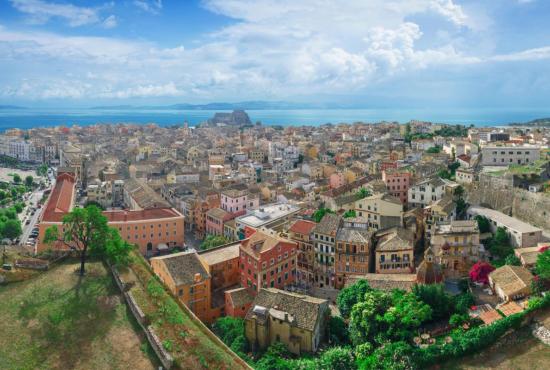
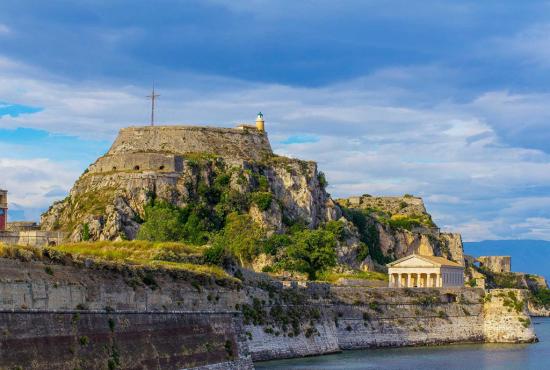
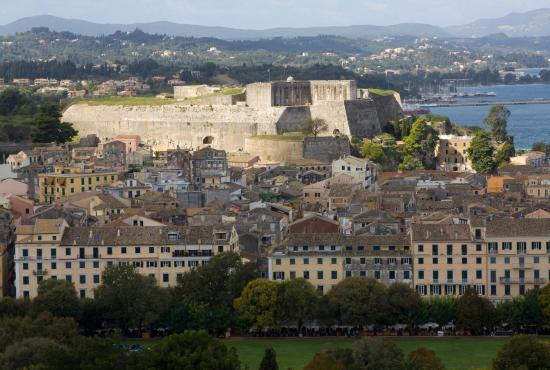
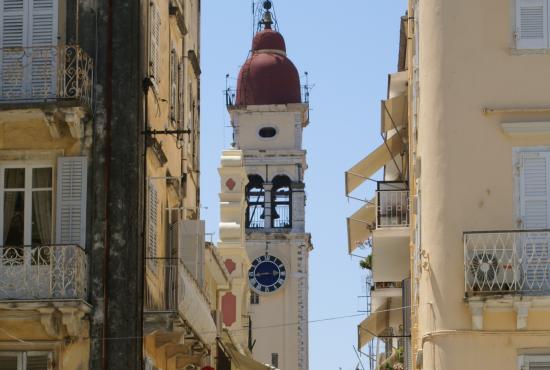
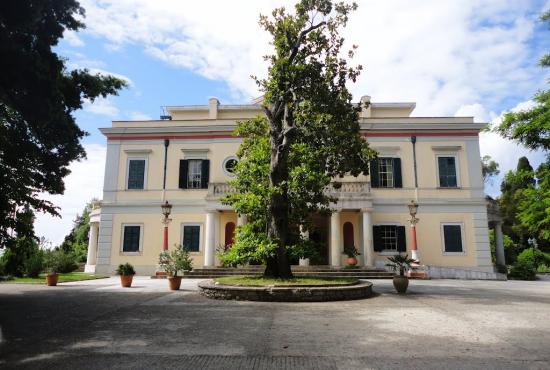
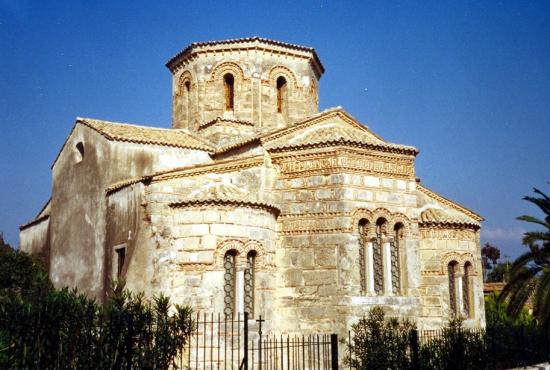

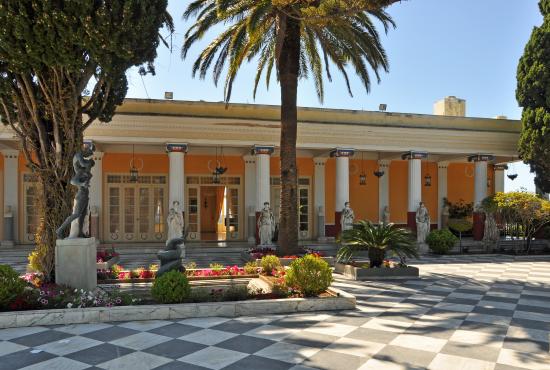
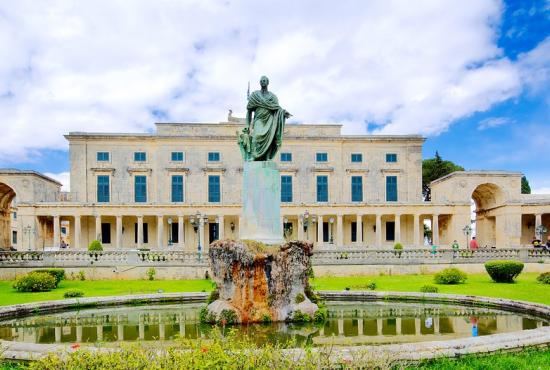




Reviews:
Post new review